The 3 Types of Clutter—and How to Finally Clear Them for Good
As an Amazon Associate and member of other affiliate programs, I earn from qualifying purchases.
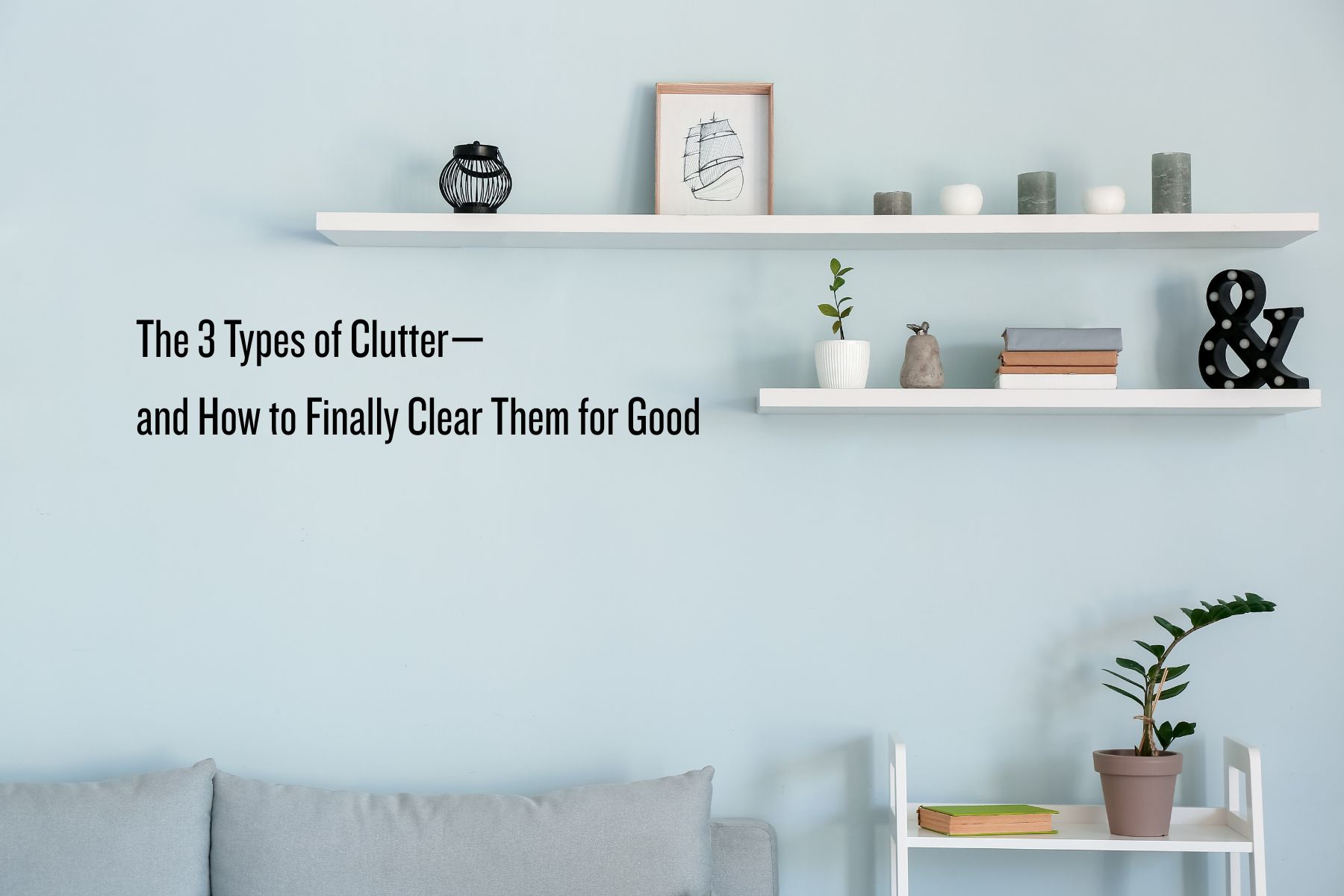
Once we hit midlife, most of us have accumulated enough clutter to warrant a big prune-back but don’t have a clue where to begin. Kitchen? Closet? (Gulp) Garage? When the available choices all feel overwhelming, it’s helpful to step back and try a different approach. Instead of going room-by-room, start by recognizing the 3 types of clutter that exist in your home; transitional, visual and hidden.
These 3 types of clutter differ in their origin, their nature and their impact on your psyche. Your first action item is to learn their properties so you can accurately identify them. Once you can see the differences, tackling them in a specific order will help make decluttering feel manageable and help you build momentum as you go.
I’m going to take you through each clutter category. First we’ll cover the identifying properties and then how to take action. Clearing clutter this way should feel both satisfying and empowering – so let’s get into it!
First Stop: Transitional Clutter
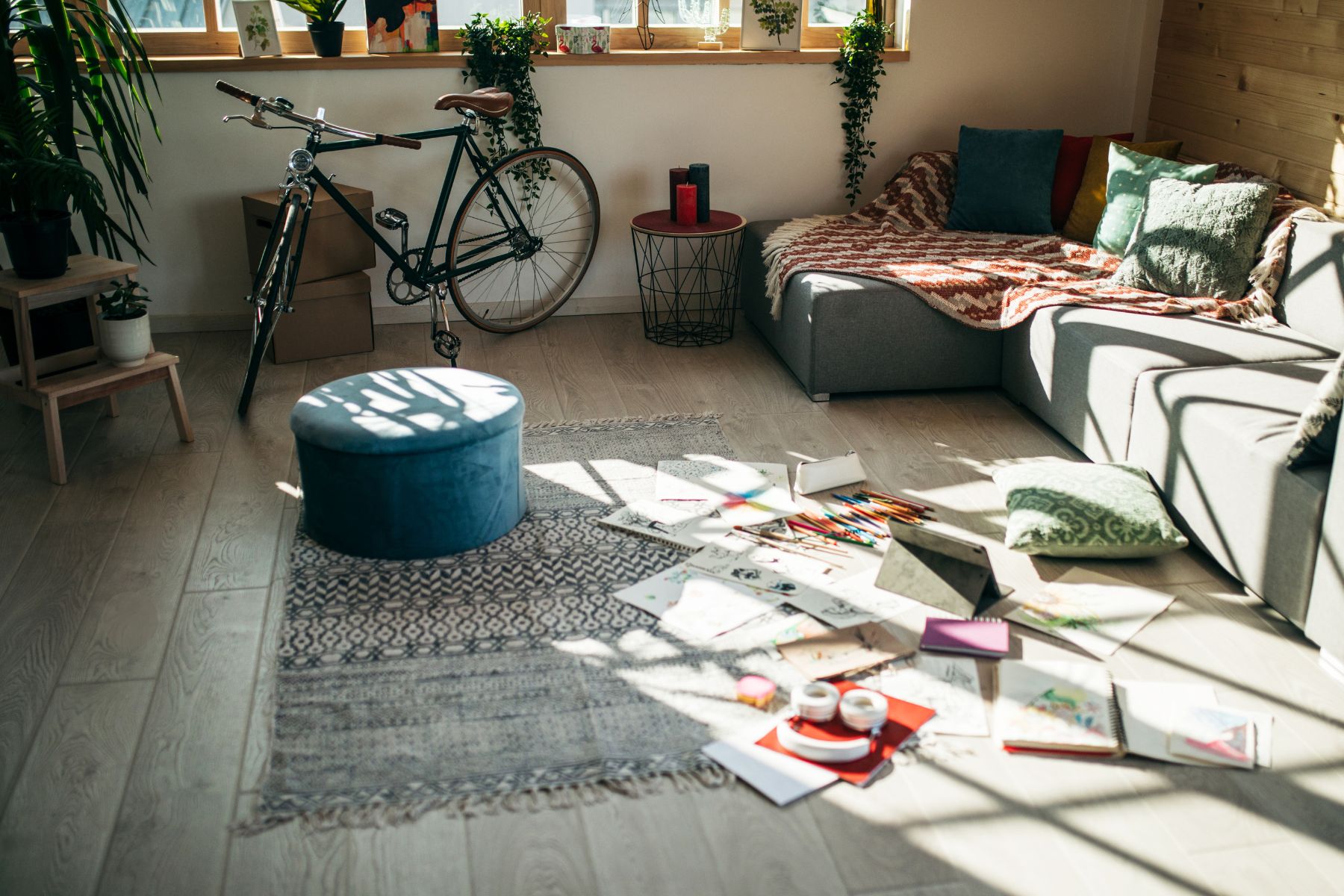
Transitional clutter is our first stop. Of the 3 types of clutter, this category is the easiest and will give you an instant momentum boost. Transitional clutter is not the kind that requires any heavy decision-making, because it is really just clutter in name only. This is stuff that you actually use and need, it’s just in the wrong place.
Go through each room in your home and remove anything that doesn’t belong there. If something has a designated home, put it away. If it doesn’t have a designated home, assign one (preferably close to where the item is used). When you do come across items that are in the wrong room and you know you don’t need them, toss them into a donation box. When you are through with the exercise, place the donation box somewhere near the exit to your home, or near the car.
This may seem like an exercise in just moving things around, but I assure you it will have a big impact on your day-to-day life. You will be able to feel the energy in your home change.
Second Stop: Visual Clutter
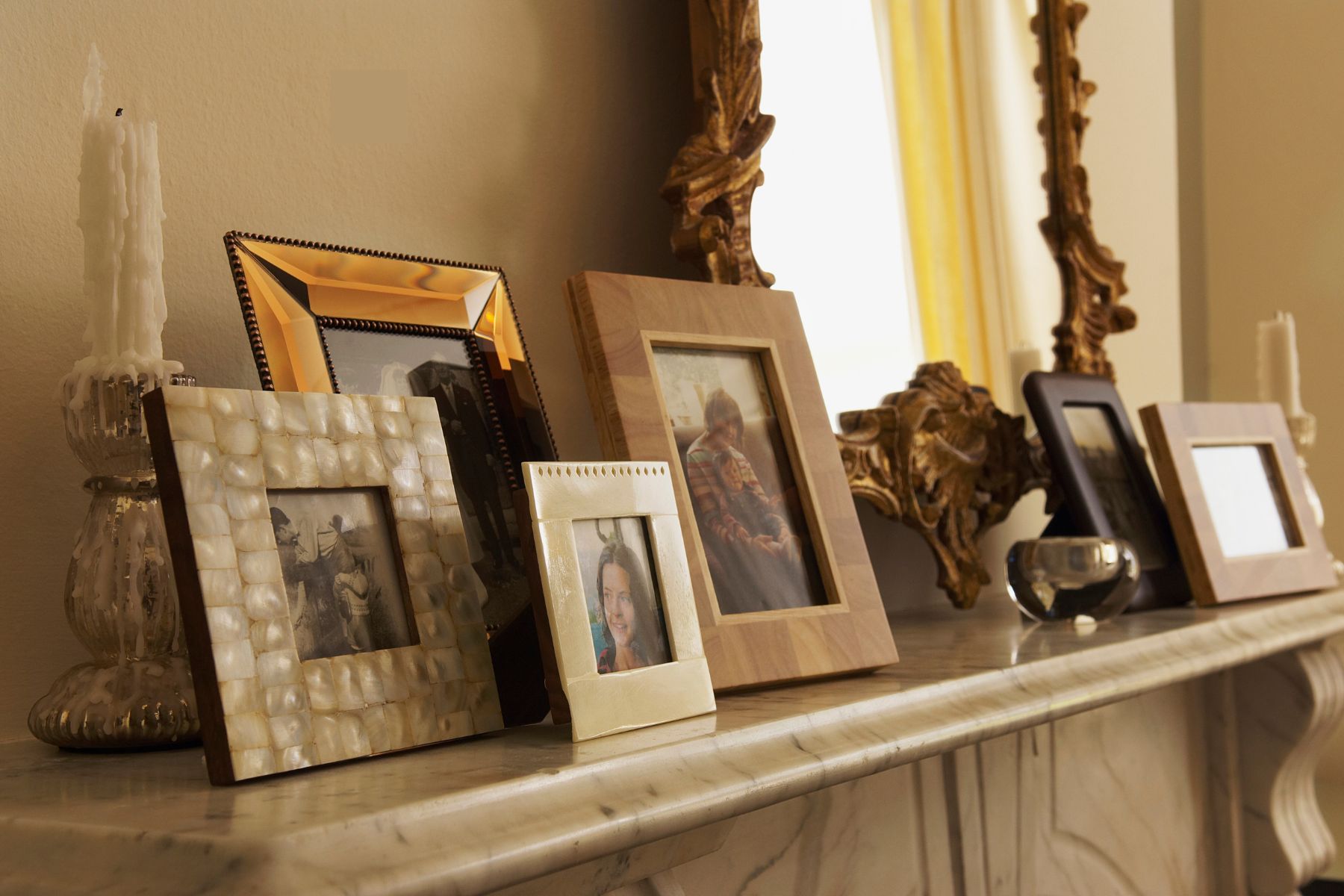
Now that most things are generally in the appropriate room or closet, it’s time to address the second of the 3 types of clutter. Visual clutter is the excess stuff that overwhelms your visual environment. It silently disrupts focus and adds to your cognitive load.Visual clutter can take many forms – here are some examples:
- Piles of mail
- Packages
- Shoes on the floor
- Visible tangles of cables & cords
- Too many framed photos
- An unmade bed
- Overstuffed bulletin boards
- Overflowing bookshelves
- Crowded kitchen countertops
All of these examples exist as part of the backdrop of your home, so you probably don’t even realize the impact it’s having on your brain.
Too many things living on the available surfaces in your home create more work for you, both physically and mentally.
Try thinning it out. You don’t have to get rid of everything, this is about curation vs. a huge purge. Four pairs of shoes by the door vs. eight. One small stack of action-needed mail in a tray vs. piles. Removing a few things from the kitchen counter. Prioritize the things you use often, they deserve to live on your surfaces. At the same time, place a similar value on open space as you do on the things in it. That will lead you to remove the stuff that isn’t as important. Play around with this exercise and see how much better it feels to be in a room with less visual clutter. Trust me, it feels really good!
Last Stop: Hidden Clutter
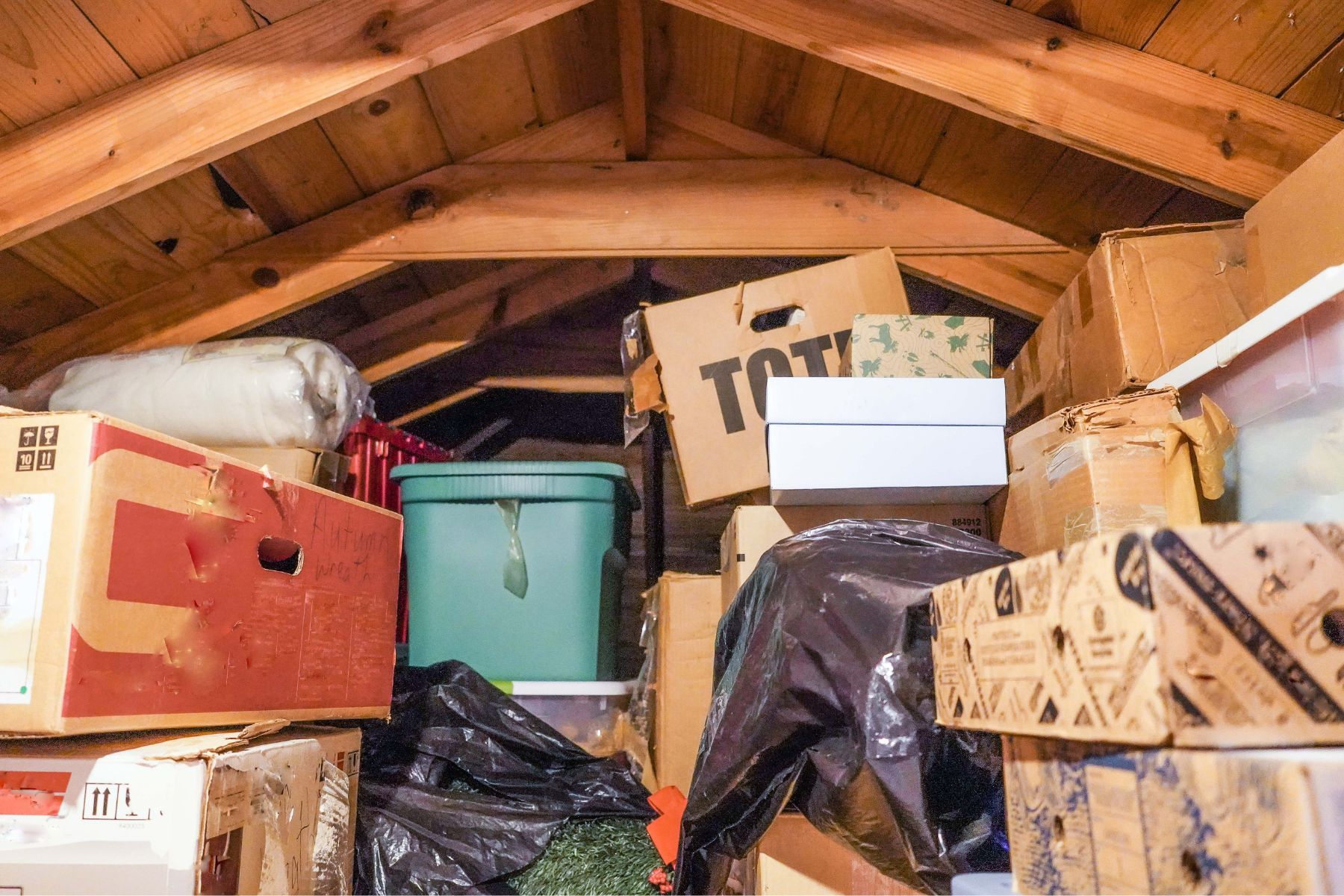
The last of the 3 types of clutter is the sneakiest – it’s the hidden clutter. You know, the excess that lives in drawers, cabinets, closets, boxes and bins. The reason to hold off on the hidden clutter until you’ve taken care of transitional and visual clutter is it’s the heaviest lift. It requires lots of decision-making and sometimes the choices are hard. You’ll need the momentum and energy you get from the first two stops to carry you through this last one.
When you’ve emptied some drawers and made a mess it won’t be adding to an already-cluttered space. The environment in which you are making the decisions will be calming instead of stressful. And if you take on the hidden clutter in small increments instead of all at once you can avoid most of the overwhelm that derails so many people when they try to declutter.
Think of the clutter you’ve been accumulating over time as layers of an onion. The transitional and visual layers are broad and shallow. They are easy to peel back. As you get deeper into the hidden layers the clutter is more dense, those layers take more effort to break down. But because you created the energy and momentum you need by attacking the shallower layers first, you’ll be equipped to get through the entire onion – all the way to the core.
I’m not sure the onion analogy works perfectly all the way through, but you get the idea. If the clutter in your home feels overwhelming, try this approach and see if it helps you break free from inertia!

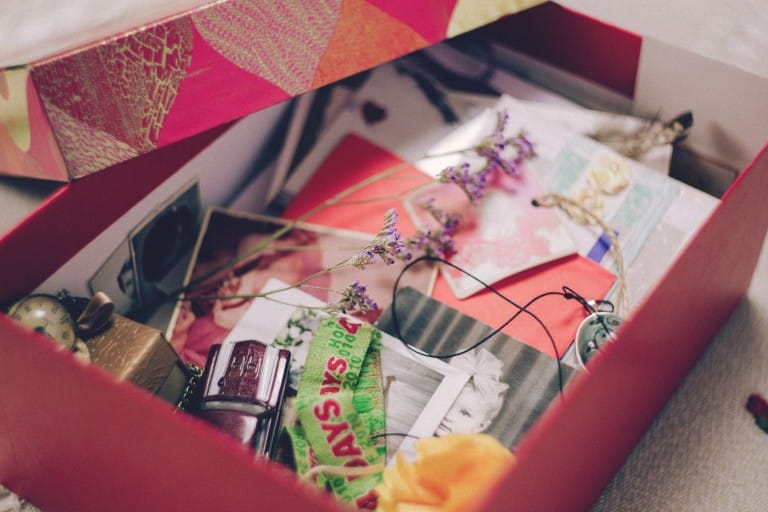




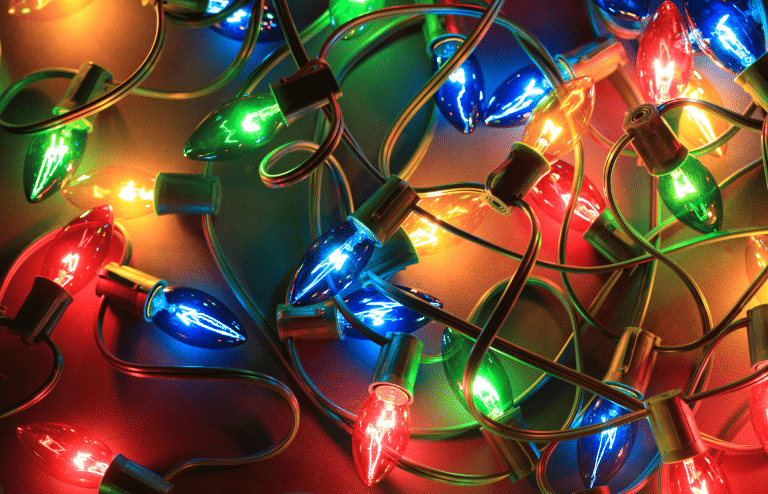
Method Seattle Comment Policy
We welcome relevant and respectful comments. Off-topic comments may be removed.